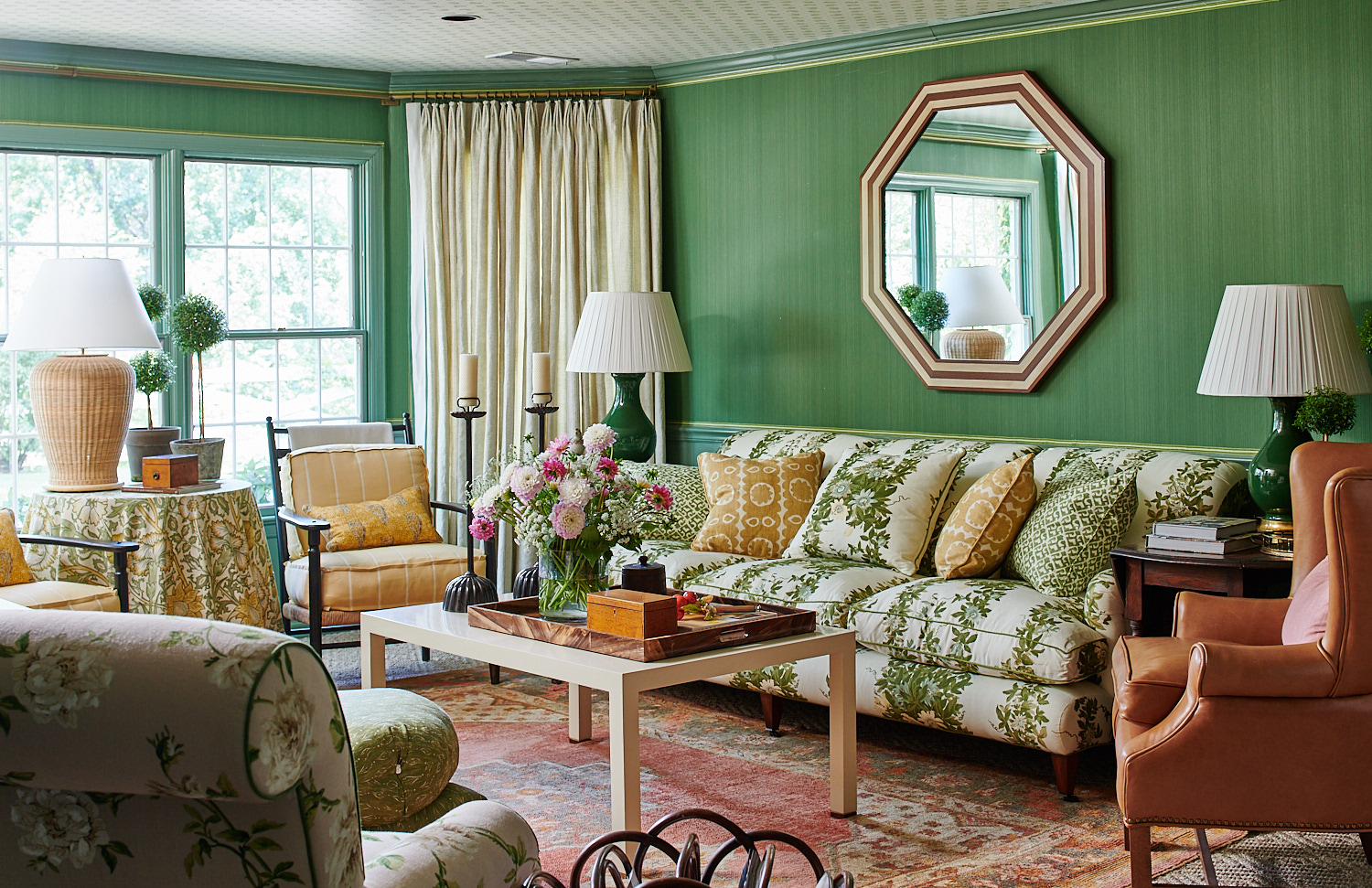
Chemical Free Cleaning for Your Upholstery and Drapes
More and more people are making conscious choices to remove cleaning products that have potentially harmful chemicals from their homes. And while this is an admirable move, the question then is how can I clean my upholstery and drapes without chemicals?
Some methods work for most fabrics – not all, but most.
That’s a good place to start.
Why Choose Chemical-Free Cleaning Products?
Cleaning products that don’t contain chemicals are much safer and healthier for you and your family. You aren’t breathing in the chemicals or toxic fumes but there are other advantages as well. Removing the chemicals can reduce irritants and allergens in your home which reduces the risk of respiratory infections and skin conditions like eczema.
Chemical-free cleaning products are also safer for the environment and your upholstery. They tend to be far gentler on fabrics so you are less likely to experience fading or degradation of the fabric as the chemicals can cause the fibers to break down. As a result, your upholstery looks newer longer and lasts longer too.
Is Vinegar OK to Use for Cleaning Upholstery?
For the most part, vinegar is safe for most fabrics. However, it can damage the rubber hoses and seals in washing machines – especially front-loading machines. White, distilled vinegar is a very effective stain remover though.
If you do use vinegar, make sure it is white, distilled vinegar. Any of the others such as balsamic vinegar and red wine vinegar contain dyes and other additives which may actually cause stains. Vinegar is acidic though, so it should not be used undiluted.
Is Baking Soda OK to Use for Cleaning Upholstery?
Baking soda is good for freshening fabrics and removing odors as well as brightening fabrics that have become dull. It is gentle enough to use on most fabrics but it does provide a mild abrasion. This can be useful for getting rid of buildup on the fabric that can come from the environment, from being in regular contact with pets and people, and from using chemical cleaners.
Tips for Using Chemical-Free Cleaning Products
If you choose to use chemical-free cleaning products on your upholstery and drapes, these tips will help.
- Before using any new product test it on an area of the fabric where it will not be seen to ensure that it doesn’t fade or affect the material.
- Vacuum the upholstery or drapes thoroughly before you start cleaning.
- Locate the tag on your furniture or drapes and let them guide your cleaning. The codes used on these labels are:
- W – Water-based cleaning products are required
- S – Dry clean only or use cleaning solvents that are water free
- WS – Either water or products that are solvent-based, such as dry cleaning can be used
- X – No cleaning agents at all. Vacuum or get it professionally cleaned
- Blot with water to remove stains as long as the care instructions for the fabric say that water is OK.
- If blotting with water does not work, you can try white vinegar but don’t forget to spot test first.
- If you can use water, castile soap and lukewarm water are gentle for cleaning most fabrics.
- Avoid using alcohol or alcohol-based products on leather furniture because it can damage the surface.
- Allow cleaned upholstery to air dry.
- Sprinkle some baking soda on the fabric and let sit for a few hours then vacuum it up. This will get rid of odors.
- Wipe down non-fabric parts of furniture with warm water and castile soap.
- Natural upholstery cleaners
- Fabric upholstery – in a spray bottle combine these ingredients. To use, mist the area you want to clean (don’t saturate) and use a soft cloth to scrub stains. Remove the soap by using another cloth moistened with clean water. Pat dry with a towel.
- ¼ cup white, distilled vinegar
- ¾ cup warm water
- 1 tablespoon castile soap, any scent
- Leather upholstery – in a spray bottle, combine these ingredients. To use, mist the area you want to clean and buff it with a soft cloth.
- ½ cup olive oil
- ¼ cup white, distilled vinegar
- Synthetic upholstery – in a spray bottle, combine these ingredients. To use, mist the area that is soiled and use a soft cloth to scrub until the stain is gone.
- ½ cup white, distilled vinegar
- 1 cup warm water
- ½ tablespoon of castile soap
- Fabric upholstery – in a spray bottle combine these ingredients. To use, mist the area you want to clean (don’t saturate) and use a soft cloth to scrub stains. Remove the soap by using another cloth moistened with clean water. Pat dry with a towel.
- Adding a few drops of essential oil like lemon, orange, or lavender can improve the smell of your cleaning product.
At Valley Drapery & Upholstery we have an extensive selection of upholstered furniture and draperies as well as a team of professionals who can help you choose the best method for cleaning them. Call today or visit our showroom to learn more.
Recent Comments